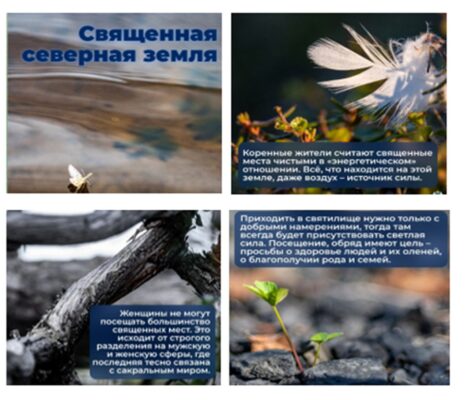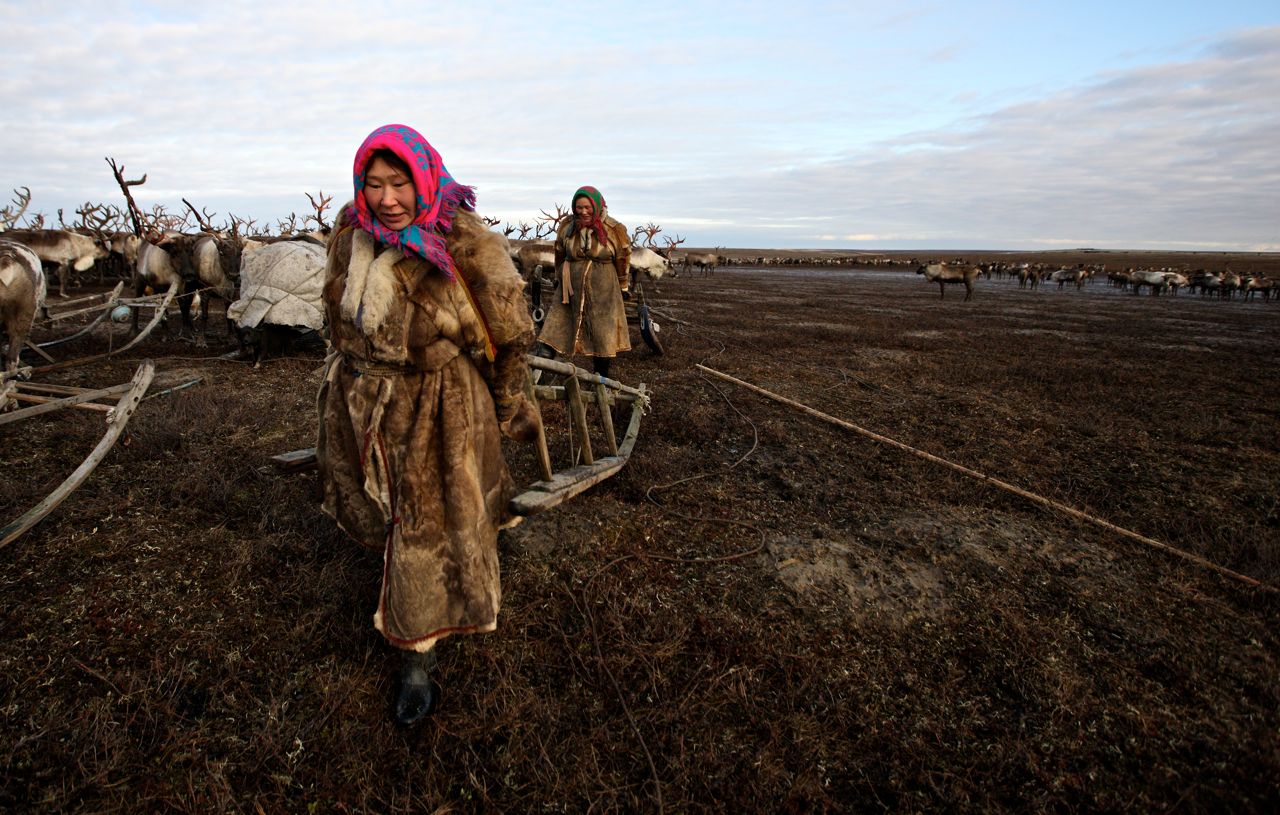
Nenets
Names
Their autonym is n’eney n’enet’s’, which in the Nenets language means “real person”, in some regions also ‘hasawa’ (“man”). The Nenets ethnonym in Russian is ‘yurak samoyed’ in which ‘yurak’ may originate from “yaran“, the Komi ethnonym of Nenets people. The name “Nenets” was adopted for official use in the Soviet Union in the 1920s.
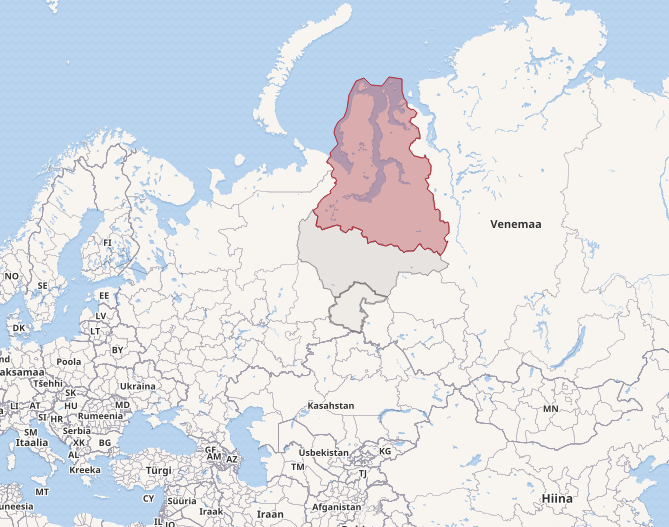
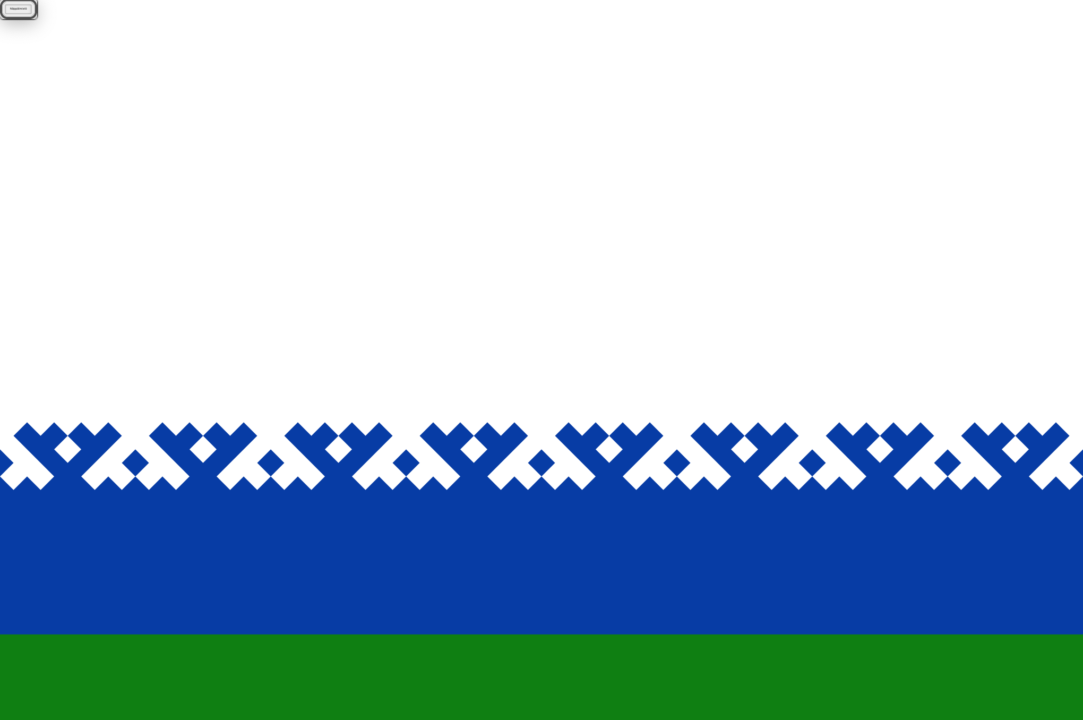
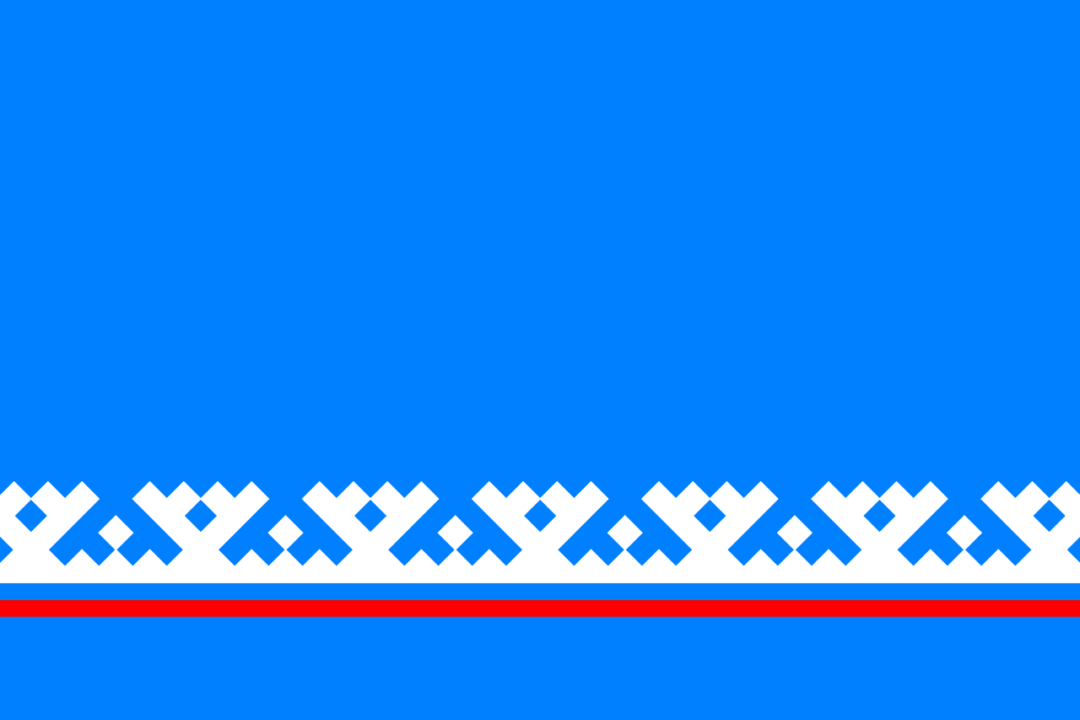
Classification
The Nenets people are divided into Tundra and Forest Nenets who speak distinct languages. While Tundra Nenets are among Russia’s most populous Northern indigenous peoples, the population of Forest Nenets inhabiting the Khanty-Mansi Autonomous Region is approximately 1,500.
Territory
The Nenets live in the polar areas of northeastern Europe and northwestern Siberia from the Kanin peninsula in the White Sea to the Yenisey river mouth (approximately 1 million km2). Administratively they belong to the Nenets Autonomous Region (capital: Naryan-Mar), Yamal-Nenets Autonomous Region (capital: Salekhard) and Taimyr or Dolgan-Nenets Autonomous Region (capital: Dudinka).
Population
According to the 2010 census, there were 44,640 Nenets in Russia, compared to 41,302 in 2001 and 34,190 in 1989. Just 50% of the Nenets speak their mother tongue.
Language
Nenets belongs to the Samoyedic group of Uralic languages, along with Selkup, Enets and Nganasan. The Nenets-language ABC from 1895 is one of the first books in a Samoyed language. Nenets had their own Latin alphabet which was changed to Cyrillic in 1938. The Forest Nenets written language was developed only in the 1990s.
Livelihoods
The main livelihoods of Nenets people have been fishing, hunting, reindeer herding and fur farming. Oil fields on traditional Nenets lands have significantly weakened their abilities to practice traditional livelihoods.



